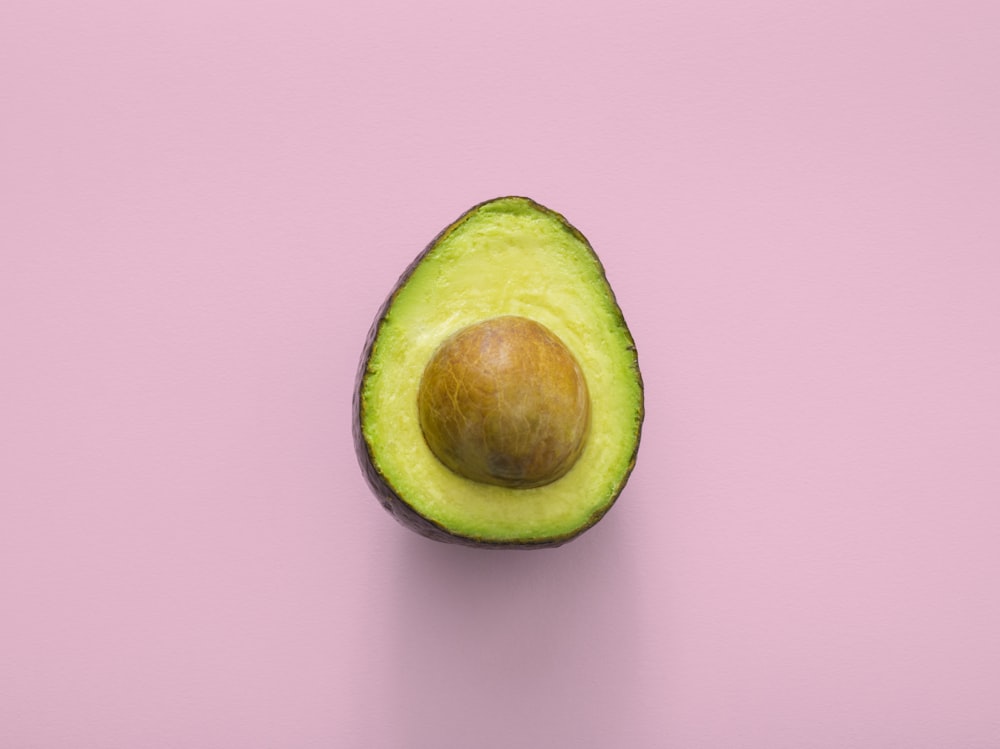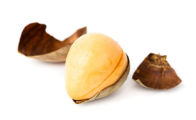Did you know that every living thing on the planet has a scientific classification? While those classifications sometimes change with new evidence or research, this imperfect system helps us understand the living organisms and the world all around us. In this article, we discuss the avocado scientific classification and how binomial nomenclature works.
Binomial… what?
Binomial nomenclature is the two-term naming system scientists use to identify organisms. Genus and species make up the scientific name. For example, the common name for everyone’s favorite forest friend is a wolf, but their scientific name is Canis lupus. The common name for us is human, but our scientific name is Homo sapien. Another word for the scientific name is a species’ Latin name. Now, why use this taxonomic system? Why not just call a wolf a wolf? One of the most significant benefits of this system is that it spans all the world’s languages. A wolf is a wolf in English, but in French is a loup and in Spanish is a lobo. However, no matter what language you speak, a wolf’s scientific name is always Canis lupus.
Nomenclature vs. Classification
Put plainly, the nomenclature of an organism is its scientific name. Scientific names include the genus and species. Scientists organize organisms in a process called classification. However, classification also consists of the other levels of organization like kingdom, phylum, class, etc.

Avocado Scientific Classification
Each level of the classification system further narrows down an organism. For example, the kingdom Animalia contains every single animal on the planet that we’ve identified. However, the genus Canis has only 35 different species. How and why scientists give each species a kingdom, phylum, class, etc, depends on specific characteristics. Next, let’s discuss why avocados are classified the way they are.
Furthermore, here is a rundown of the scientific classification of the avocado:
Domain: Eukarya
Kingdom: Plantae
Phylum: Spermatophyta
Class: Dicotyledonae
Order: Laurales
Family: Lauraceae
Genus: Persea
Species: americana
Binomial Name: Persea americana
A Deep Dive Into Avocado Scientific Classification
Now that we know the classification of an avocado. Next, let’s learn why this species was placed into each of these categories.
Avocado Scientific Classificatin: Domain Eukarya
There are two domains: Eukarya and Prokarya. Avocados are classified into Domain Eukarya, meaning they are a eukaryote and not a prokaryote. Eukaryotic organisms have a more complex cellular structure than prokaryotes; they have chromosomes and undergo complex cellular functions. On the other hand, most prokaryotes are simple single-celled organisms. Since avocados are a complex multi-celled organism, they fall under the domain Eukarya.
Kingdom Plantae
There are 5 kingdoms under the domain Eukarya. These are Animalia, Plantae, Fungi, Protista, and Bacteria. Avocados are classified into the kingdom Plantae. Every organism in the kingdom Plantae is multicellular and has cell walls, rigid structures surrounding each cell. In contrast, animals do not have cells walls but less rigid cell membranes. These organisms have photosynthetic pigments that allow them to photosynthesize. Organisms in the kingdom Plantae are non-motile. This means they spend all (or most) of their life cycle anchored into a substrate. To simplify kingdom Plantae, think of it as the kingdom of plants. Recognize, however, that this is an oversimplification; this kingdom also contains algae, mosses, etc.

Phylum Spermatophyta and Class Angiospermae
The avocado scientific classification places them in the phylum Spermatophyta. Organisms in Spermatophyta are spermatophytes. Spermatophytes are plants that produce seeds. They are in the subclass Angiosperms. Angiosperms are a group of flowering plants that enclose their seeds in a fruit.
Avocado Scientific Classification: Order Laurales
The order Laurales contains over 2800 species of flowering plants. Most organisms in this order are tropical or subtropical shrubs or trees.
Family Lauraceae
The avocado scientific classification places them in the family Lauraceae. The family Lauraceae is also known as the laurel family. This family contains 2850 known species. These species mainly in warmer temperate and tropical regions. Fruits of Lauraceae are called drupes. These drupes consist of fleshy fruit with one seed that has a hard outer layer.
Genus Persea
Persea is a genus of about 150 species of evergreen trees. Trees in this genus are medium-sized, between 50 and 100 feet tall on average. The fruit on these trees is an oval or pear-shaped berry, with a fleshy outer covering around a single seed.
Avocado Scientific Classification: Species Persea americana
The species name of the avocado is Persea americana. The avocado was identified and given a Latin scientific name by Philip Miller, an English botanist.

Avocado Scientific Classification Explained
Taxonomy and binomial nomenclature might seem complicated, but in reality, it’s simply a way to organize organisms into similar groups. These groups share common characteristics and often evolved from common ancestors. Scientists use these groups to study living things further and to continue to organize them accordingly. The avocado scientific classification is no exception.
You might also enjoy:











